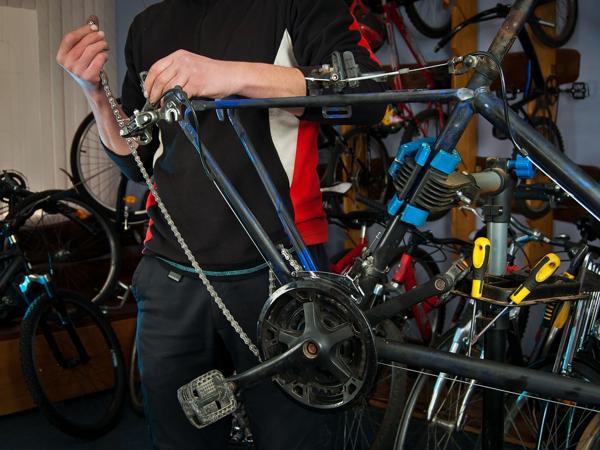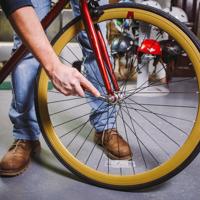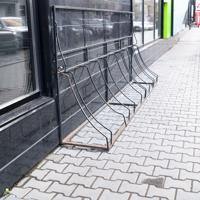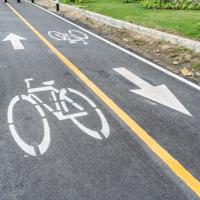Cycling through the city offers unparalleled freedom and joy. However, keeping your bike in good shape is essential to ensure safety and smooth rides. A proactive approach toward maintenance can help prolong the lifespan of your bicycle, making it more reliable and cost-effective over time.
Regular Cleaning
Regular cleaning plays a crucial role in maintaining your bike. Accumulated dirt and grime can lead to rust and wear. Wash your bike with warm water and mild soap, and gently scrub with a soft brush or sponge. Pay attention to the drivetrain, which often collects the most grime.
While rinsing, avoid directing high-pressure water at bearings and seals, which might push dirt further into these areas.
Proper Lubrication
Lubrication is necessary to reduce friction and prevent rust on the moving parts. Focus on the drivetrain components: the chain, derailleurs, and cables.
A good routine would be to clean and lube your chain every month or every 100 miles. Use a lubricant specifically designed for bicycles, applying just enough to coat the chain evenly. Wipe off excess with a clean cloth to prevent it from attracting more dirt.
Tire Care
Your tires are in constant contact with the ground, making them prone to wear and tear. Regularly check their pressure using a good-quality gauge. Most tires display recommended pressure ranges on the sidewall. Keeping the tires properly inflated not only prolongs their life but enhances ride efficiency.
Inspect your tires for cuts, embedded debris, or tread wear. Rotate tires periodically to promote even wear.
Brake System Maintenance
Effective brakes are crucial for safety. Routinely inspect brake pads for wear. Replace them if they’ve worn down to the wear line or become less effective. Brake cables should be checked for frays or rust, and adjusted to ensure responsiveness.
Additionally, keep the rims clean, as dirt on the rims can reduce braking performance and wear down the brake pads faster.
Regular Tune-ups
Scheduling regular tune-ups is another way to keep your bike in top shape. Consider visiting a local bike shop every 6-12 months for a professional checkup. They can align the wheels, adjust gears and brakes, and ensure everything functions smoothly.
Monitoring and Adjusting Gears
Your bike’s gears should shift smoothly. If you notice difficulty in shifting or hear annoying noises during rides, it may be time for an adjustment. Check for excess play in the derailler and adjust as needed. Keep the system clean and lubricated for best results.
Storage and Environmental Factors
Where and how you store your bike affects its condition. Ideally, store your bike indoors or under cover to protect it from the elements. Harsh weather conditions, like rain or sun, can deteriorate components, fade paint, and corrode metal parts.
If indoor storage space is limited, consider a weatherproof cover or constructing a simple shelter.
Research and References
Studies have shown that regular maintenance does improve performance and lengthen lifespan. According to the Journal of Bicycle Research, consistent upkeep can reduce the need for major repairs by up to 60%.
Additionally, resources like “The Bike Maintenance Guide” by Shauna Wallace provide practical tips and in-depth insights.
Conclusion
Caring for your bike extends beyond routine rides. By nurturing a maintenance habit, you secure a smoother, more enjoyable cycling experience that can accompany you for many miles to come.
Remember, every small effort counts, and soon it will become second nature. Happy cycling!




